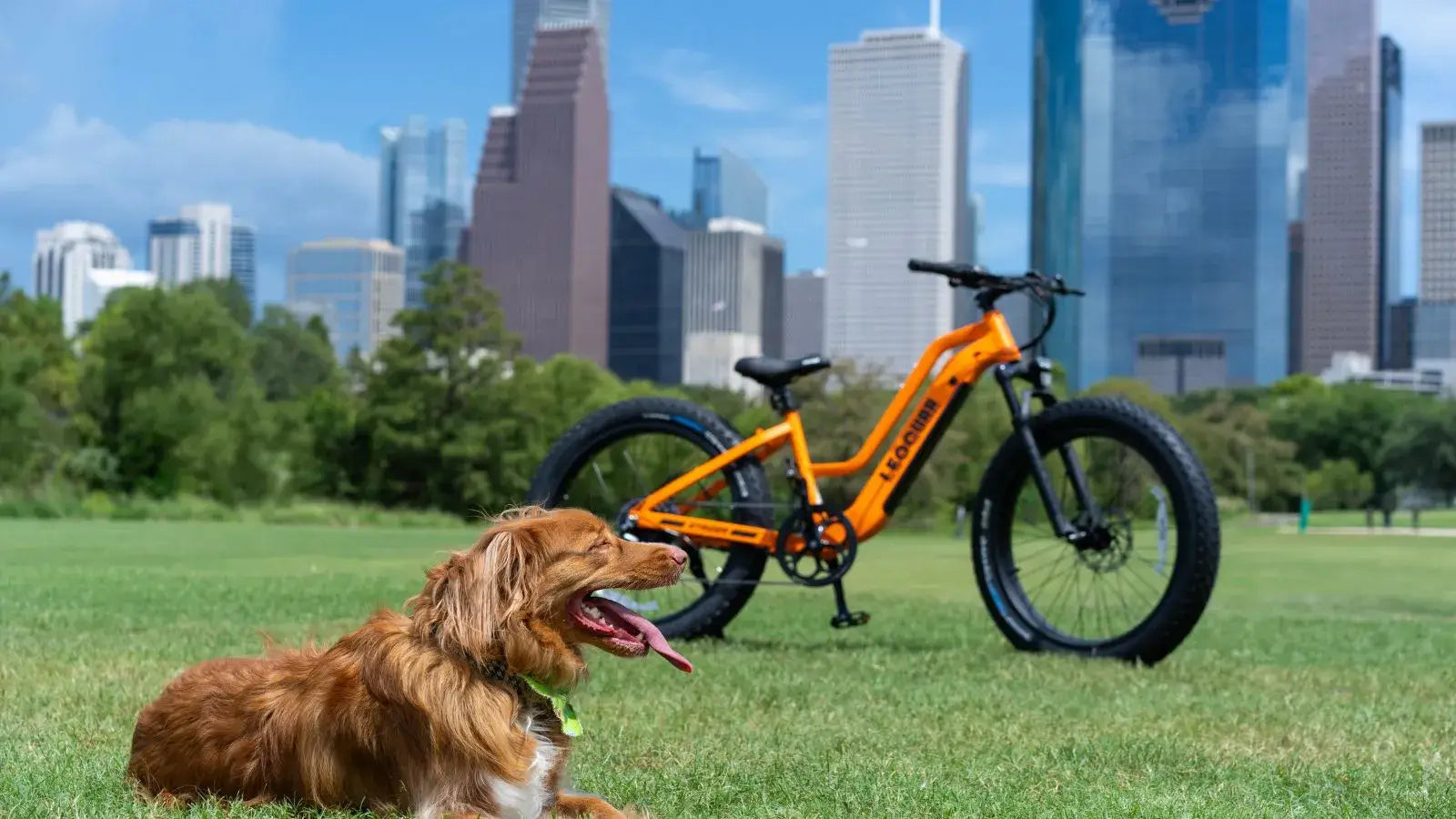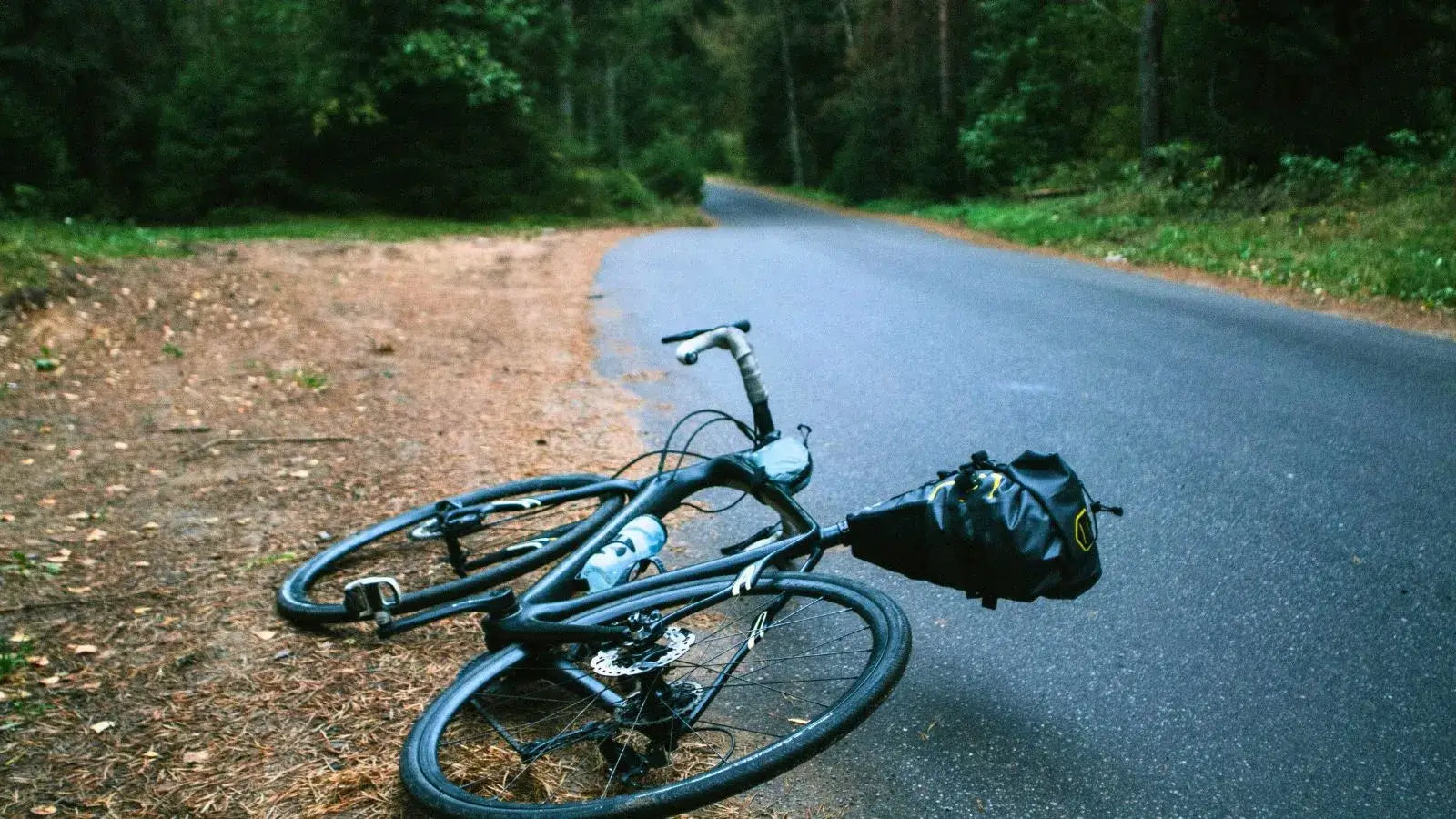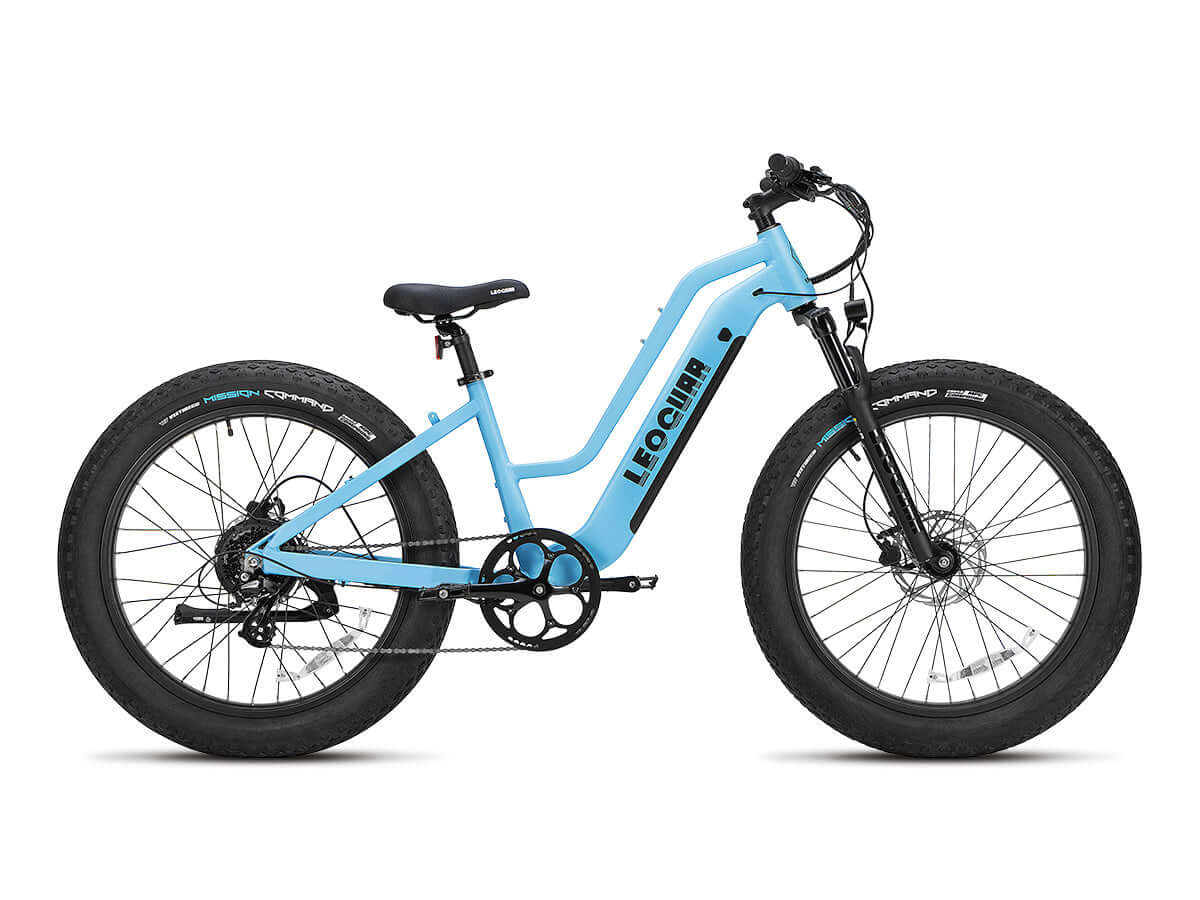
Speed vs Range: Can Fast Electric Bikes Still Go the Distance?
Introduction
Electric bikes change our rides. They blend pedal power with a motor that helps you travel fast and far across busy streets and quiet trails. Fast electric bikes boost speed in short bursts. They promise long trips even when you ride hard. High speeds use more battery. New motor designs and smart battery systems work together to control both speed and range. Riding fast pushes a bike’s engine and cuts battery life. Modern models use clever features to help save energy and still let you ride far. Fast rides drain the battery quickly. Yet many bikes now keep their efficiency even when you push them hard.
We ask a simple question. Can fast electric bikes still cover long distances as riders push them to their limits on steep roads and windy highways? Riding quickly makes the engine work harder. That extra work drains the battery faster because of wind and friction, but new designs help decrease this rate. Many e-bikes now balance high speed and distance through thoughtful features.
Technical tests use real data. They show that better battery use and smart motor control cut the downsides of high speed. New controllers and brakes that feed energy back to the battery let you adjust the bike to hills and stops. New battery ideas, like even stronger cells and better cooling, make long rides more sure even at high speeds.
Riders share short comments. They say that on smooth highways, the bike’s smart systems cut wasted power even if you do not pedal much. Most riders hit around 25 mph. They find that adjusting the assist and planning for hills helps them ride much further than just city travel.
This article explains key tech details, safety rules, and smart riding tips. It uses advice from REI's Expert Advice on E-Bike Speeds and NYC DOT Electric Bike Guidelines. The guide helps both tech fans and city riders choose the right balance.
Understanding Electric Bike Performance
Basic Electric Bike Technology Overview
Electric bikes mix a motor with a battery. They offer a ride that uses less energy while you pedal. The motor uses watts. The battery has watt-hours. These parts work side by side with pedal sensors and a throttle. This design makes riding easier and more efficient.
Modern controllers adjust power fast. They react to your input and the weather around you. The motor not only sets top speeds. It helps you climb hills and accelerate quickly. The battery system saves energy to get you more miles.
Tests show clear results. They prove that when the motor and battery work well together, you lose less energy at high speeds. Real-life data and careful tests reveal that small changes in assist levels keep the battery strong.
Sensors check the load constantly. They measure rider weight and wind force. This keeps the bike stable and saves power. The bike also watches the battery’s voltage and current. This way, it lets high-power modes run only when it is safe.
How Speed Influences Battery Consumption and Range
Speed uses more battery. Moving fast forces the bike to fight wind and friction. These challenges make the motor work harder. That extra work makes the battery run out sooner.
Worse weather adds to the load. Riding on windy or rough roads needs extra power and quickly drains the battery. Tests show that the most power is used when you speed up or try to hold a high speed.
Research gives a clear idea. A boost of 5 mph may drop your range by 10-15%. Riders say that using high-speed often means charging the battery 25% sooner than when riding slower.
Many riders use simple tricks. They speed up and slow down gradually instead of suddenly. That habit avoids a sharp battery drain. This careful style backs up the idea that fast bikes can still travel far if you watch your power use.

Speed Classification and Range Trade-offs
Overview of E-Bike Classifications
Electric bikes come in three types. They follow strict speed rules and safety limits. Class 1 bikes only use pedal assist. They help you up to 20 mph. Class 2 bikes have a throttle. They also stick to the 20 mph cap. Class 3 bikes require you to pedal. Their motors assist you up to 28 mph.
This system matters a lot. It affects how far you can ride on one battery charge. Lower-speed Class 1 and 2 bikes usually last longer on a charge. Class 3 bikes let you zip around but may lose battery faster. Many places set these rules. They make riding safer and keep fast bikes under control.
Comparing Speed Capabilities and Range Implications
Bike speed ties to design. Class 1 bikes are built for long rides. They mix pedaling with motor help to stretch the battery. In contrast, Class 3 bikes race ahead. But high speeds cause more energy loss from wind and friction.
Below is a table that shows key details:
| E-Bike Class | Motor Wattage Range | Maximum Assisted Speed (mph) | Typical Battery Range (miles) |
| Class 1 | 250W – 500W | Up to 20 | 40-70 |
| Class 2 | 250W – 500W | Up to 20 | 35-65 |
| Class 3 | 500W – 750W | Up to 28 | 30-60 |
This table tells a clear story. A fine balance between high speed and long range is hard at full power. Sites like REI's Expert Advice on E-Bike Speeds support this view. They say that Class 3 bikes often lose some range for extra speed.
More power uses a burst of energy. That burst means fewer miles on a single charge. By checking these details, riders can pick the right bike for work or fun.
Factors Affecting Range Beyond Speed
Environmental and Rider Factors
Many things affect a bike’s range. Rider weight makes a difference. Extra 20 pounds can drop range by 5–10% on flat roads. On hills, it may drop by 10–20%. Extra gear and cargo add more load and use up power faster.
Road type matters a lot too. Smooth roads let you ride far. Steep hills force you to use extra power. Weather is key as well. Cold weather lowers battery use. Headwinds make the bike work harder and cut range.
Tests in real life confirm these facts. They show that poor conditions can reduce range by nearly 20%. Riders aiming for long trips must think about weather and hills.
Optimization Techniques for Maximizing Range
Riders can make smart choices. A steady pace uses less power. Avoiding sudden starts saves battery life. Switching to eco or standard modes when possible helps match power to the road.
Taking care of the battery is important. Charging properly—never letting it run too low and doing full cycles—keeps it healthy. Checking tire pressure and regular bike care also cut extra energy loss.
Studies back this up. Minor changes like gentle acceleration and using eco mode can boost range by up to 30%. Planning routes that skip big hills and headwinds is very smart.
Some bikes even put energy back into the battery. Regenerative braking turns slowing down into extra power. The NYC DOT Electric Bike Guidelines note that smart riding habits and route planning help stretch every charge.
Real-World Analysis: Case Study on Fast E-Bike Performance vs. Range
One study tested fast bikes. Engineers wanted to know if speed drains the battery too fast. They picked several Class 3 models. These bikes were tried on different roads and in wind.
One bike, the Performance X750, surprised many. It has a 750W motor and an aerodynamic shape that lets it reach 28 mph, though it averaged 35 miles per full battery on mixed road types. Another bike, the Speedster Urban 28, ran at 28 mph as well but only got 33 miles when there were headwinds and hills.
See below for a clear comparison table:
| E-Bike Model | Motor Power | Top Speed (mph) | Average Range (miles) | Notable Conditions |
| Performance X750 | 750W | 28 | 35 | Mixed urban terrain |
| Speedster Urban 28 | 700W | 28 | 33 | Moderate headwinds, slight hills |
| EcoDrive Mid-Power | 650W | 26 | 40 | Predominantly flat city roads |
| TurboZoom Elite | 800W | 28+ | 32 | High acceleration, urban stop-and-go |
The data tells a clear tale. Faster speeds mean less range, but good design helps. Small changes, like easing off before a hill, keep the battery strong. Riders report that following tips and doing regular checks brings them near the expected range.
Every user’s story shows that when you ride smart, fast e-bikes can still cover long trips. This proof makes it clear that balancing speed and range is possible.
Evaluating the Trade-offs: A Balanced Perspective
Pros and Cons of High Speed
High-speed e-bikes bring fun. They let you get places quickly and make riding exciting. Fast acceleration cuts down commute times. They come in handy for tight schedules and busy roads.
But speed has a downside. It drains the battery more quickly. Riding fast may also bring more risks on busy streets and break some local laws.
• Advantages:
– Quick commutes save time.
– Dynamic riding adds fun.
– Extra help for climbing hills.
• Disadvantages:
– Uses more battery and cuts trip length.
– Higher speeds can be riskier in traffic.
– Some areas have strict rules for fast bikes.
Rider Profiles and Appropriate Choices
Different riders need different bikes. City riders love quick starts and short trips. They may choose a Class 3 bike for speed. Long-distance riders need battery life above all. They might pick a Class 1 bike for longer rides.
Some regions have strict safety and speed laws. Riders must balance the urge for speed with the need to stay within the law. This view shows that the best bike match depends on where you ride and what you need. Weighing all choices helps everyone decide. Matching performance with battery life lets each rider use a bike that fits their world perfectly.
Practical Tips for Maximizing Range Without Sacrificing Speed
Maintenance and Battery Care
Battery care is key. Follow good charging steps. Using the right charger and not letting the battery drop too low keeps it healthy. Store the battery in a cool place when not riding.
Manufacturers give clear advice. They tell you to use the proper charger and follow set charging cycles. This care stops performance drops and makes sure you get both speed and range.
Riding Techniques and Best Practices
Smart riding saves energy. Start slowly and keep a steady pace instead of sudden bursts. Use eco-modes when the road is light. This way, you save battery for when you need it most.
Try these tips:
– Accelerate and slow down gradually.
– Use eco assist on flat or downhill parts.
– Watch the traffic to avoid hard stops.
– Keep tires properly pumped and lighten the bike if possible.
Lists like these help you remember key moves. A step-by-step guide on battery care and riding habits leads to a longer ride. Following these ideas lets you enjoy fast rides without emptying your battery too soon.
Conclusion
The speed and range of an e-bike are closely linked. Fast electric bikes can be thrilling. They are built for quick rides and long trips if you ride smart. Knowing how the motor, battery, weather, and riding style work together is important. This helps you get the most from every ride. Fast e-bikes can go far when you maintain them well and use smart techniques.
Data and real-life tips back this up. Experiment with assist modes, plan your rides, and check on your bike often. Enjoy the rush of speed and still cover the miles you need. Ride safely and confidently every time.
FAQ:
-
Q: How does speed affect an electric bike's range?
A: Higher speeds typically reduce range by 10-15% per 5mph increase due to increased wind resistance and battery consumption.
-
Q: What's the maximum range for a Class 3 e-bike at full speed?
A: Class 3 e-bikes typically achieve 30-60 miles per charge at speeds up to 28mph, depending on conditions and riding style.
-
Q: Can fast electric bikes maintain long range in 2025?
A: Yes, with advanced battery technology and smart power management, modern e-bikes can maintain substantial range even at high speeds.
-
Q: How do weather conditions affect e-bike range?
A: Headwinds, cold temperatures, and rough terrain can reduce range by up to 20%, requiring more battery power to maintain speed.
-
Q: What's the best way to maximize both speed and range on an e-bike?
A: Use eco mode when possible, maintain steady acceleration, ensure proper tire pressure, and plan routes to avoid steep hills.









































Leave a comment